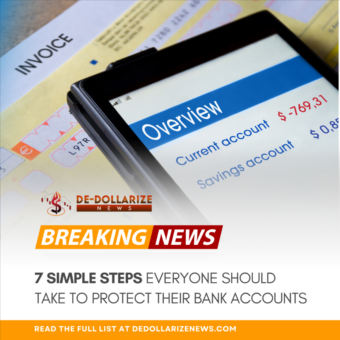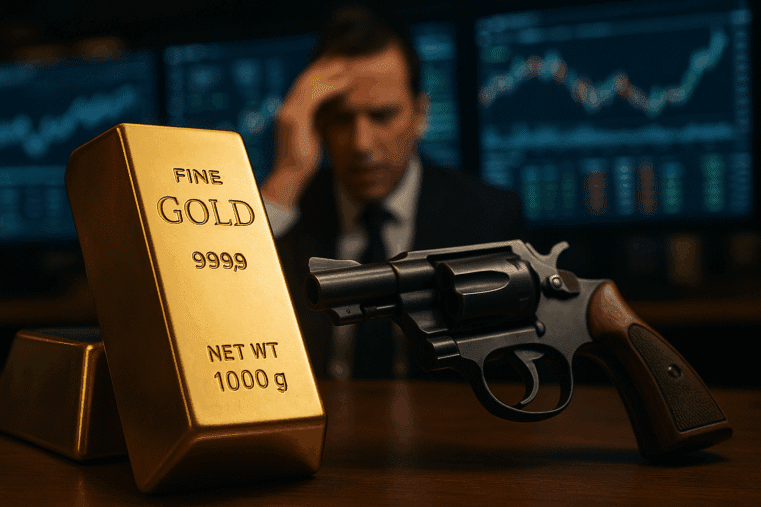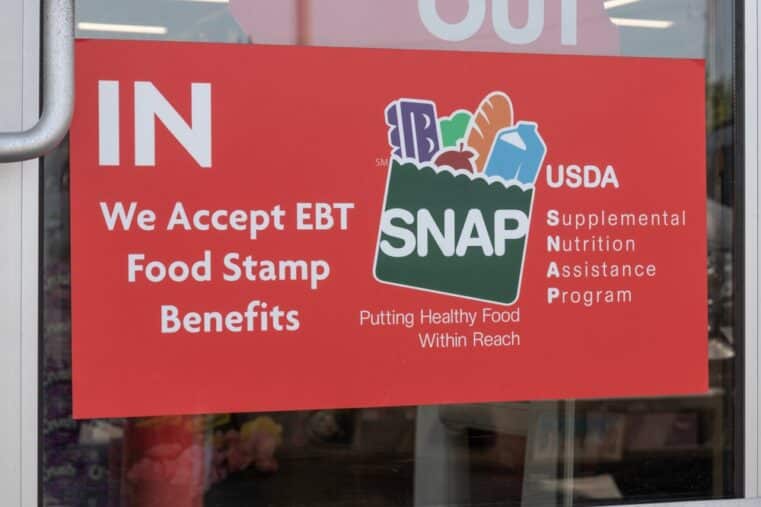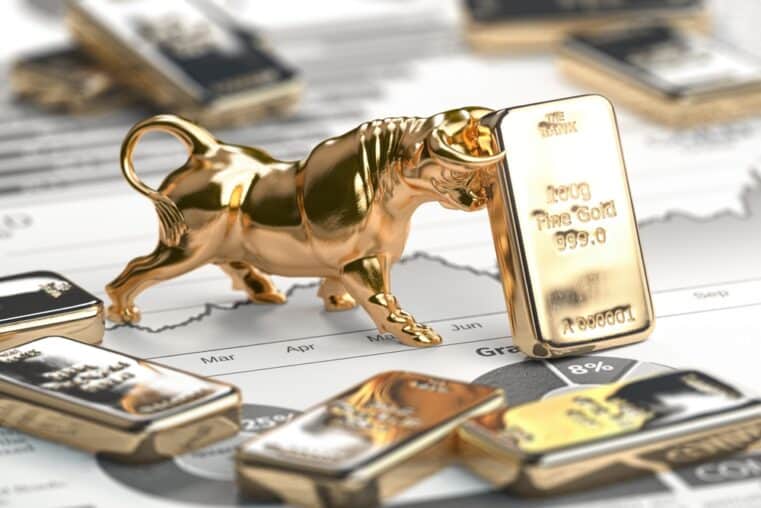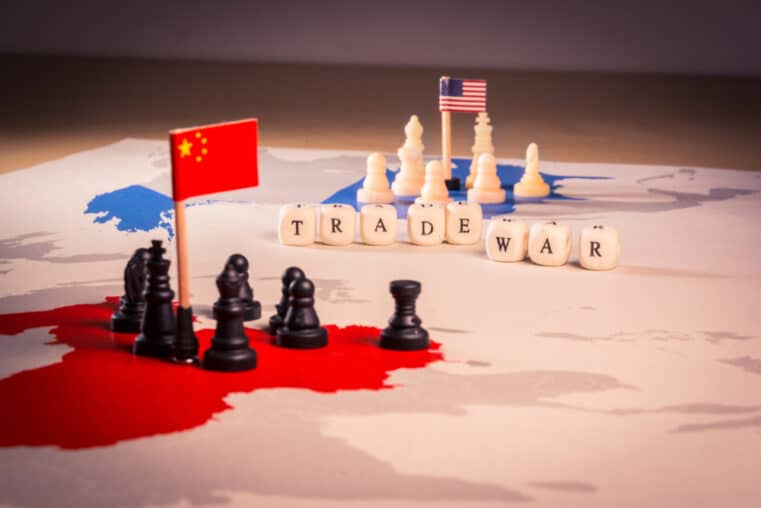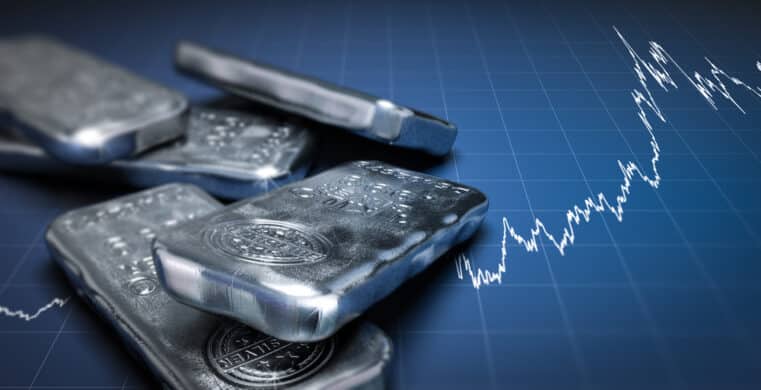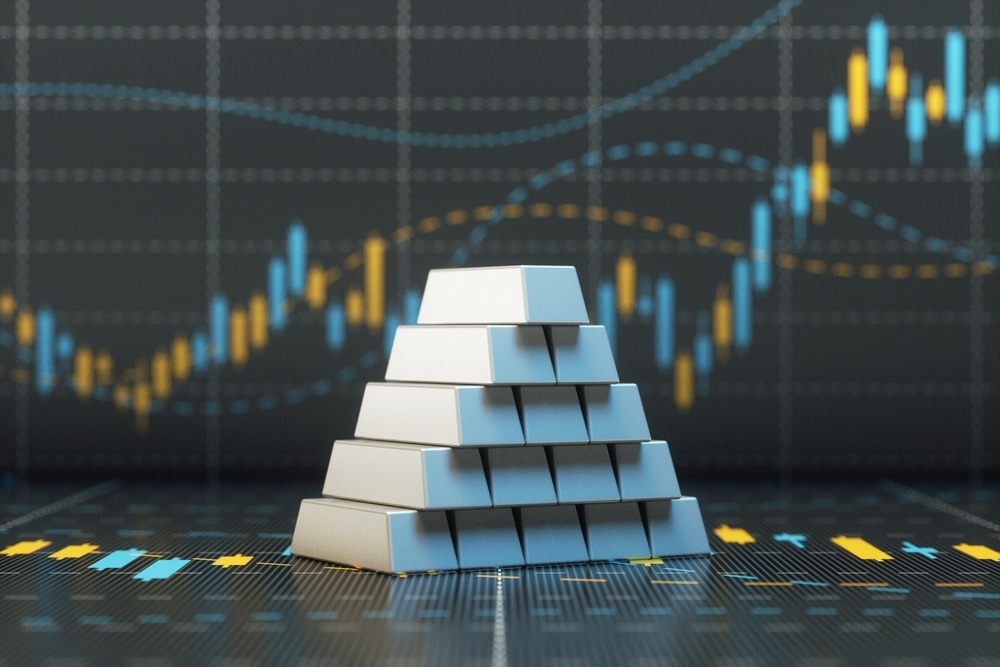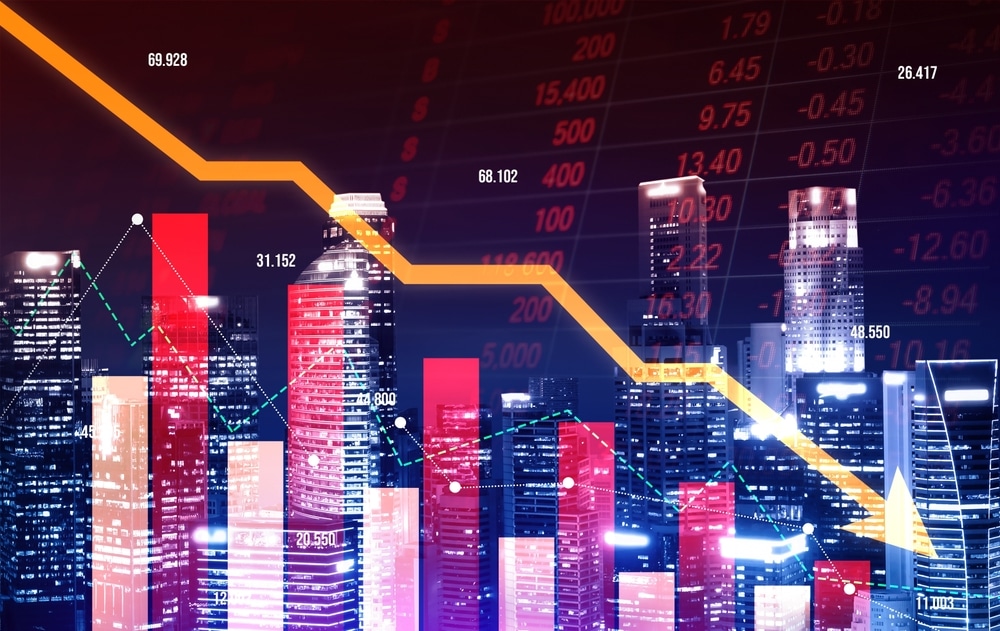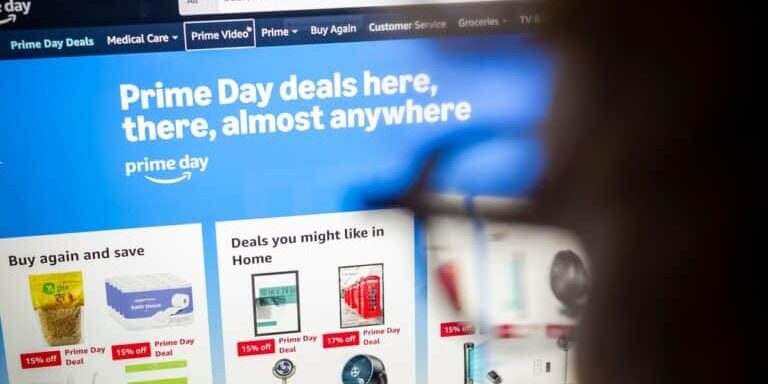
Amazon’s Prime Day Implosion: A Canary in the Coal Mine for the American Economy
What Just Happened?
Momentum Commerce just pulled back the curtain on Amazon’s latest PR stunt—a bloated, four-day Prime Day carnival that cratered on Day 1. Instead of a buying frenzy, Amazon got a slap in the face: sales plunged 41% compared to last year’s opening day. That’s not just a hiccup. That’s a signal that consumers are finally saying “enough” to the rigged game.
Think about this: even as millions filled their digital carts, they didn’t hit “buy.” They waited, hunted, second-guessed. The so-called “urgency” Bezos and his algorithms love to stoke evaporated once people realized the bargains weren’t so special. John Shea, the CEO of Momentum Commerce, called it a “big gamble.” Translation: Amazon banked on engineered scarcity and failed.
You can practically hear the desperation in the data. According to Numerator, average household spending slid to $106, down from $110 last year. The average price per item sagged to just over $25, proof that even when people do spend, they’re picking off the cheap stuff and moving on.
For years, Prime Day has been touted as a thermometer for consumer confidence. Well, here’s your reading: ice cold. The fact that sales were anemic even in the first four hours—typically the feeding frenzy window—speaks volumes. And none of this should surprise anyone who’s been paying attention to the Fed’s war on your purchasing power, rising rents, and the terminal disease of debt propping up this charade.
Why This Is Bigger Than Amazon
This fiasco is no isolated blunder—it’s woven into the decaying fabric of America’s consumer economy. If people can’t be coaxed into spending during the most manipulative shopping event of the summer, it’s because:
- High interest rates and inflation are crushing them. You can thank the same central planners who printed trillions, blew out asset bubbles, and then jacked up borrowing costs.
- Retail inventories are about to stack up like unsold used cars. That means more desperate discounts, more margin compression, and more balance sheet implosions coming down the pike.
- GDP is hanging by a thread. Remember, consumer spending is 70% of this economy. If the spending slows, the so-called recovery craters.
- People are finally getting smarter about pricing. No more blind consumption. Households are pinching pennies because they have to, not because they’re “value-oriented.”
This matches the drumbeat of warnings from the big banks and research desks that the American consumer—strung out on stimulus, credit, and false promises—has finally hit the wall.
But What About Other Retailers?
Some cheerleaders will point to Adobe’s estimate that overall online spending ticked up nearly 10% thanks to Walmart and Target cannibalizing each other with frantic promotions. But don’t confuse scavenging for confidence. This is deal-chasing, not prosperity. Shoppers are cherry-picking loss leaders to survive—hardly the behavior of an economy in robust health.
Bottom Line
Amazon’s Prime Day faceplant isn’t a blip—it’s a flare lighting up the night sky. The American consumer is exhausted, disillusioned, and tapped out. If this caution persists—and it will—retailers and policymakers are about to discover that the golden goose of reckless spending is cooked. And don’t expect the technocrats at the Fed to bail you out without inflicting more damage.
Call to Action
Don’t let yourself be collateral damage in the coming retail and banking collapse. Get prepared now. Download Seven Steps to Protect Yourself from Bank Failure by Bill Brocius. This free guide lays out exactly how to shield your savings and break free from the failing system:
Download Here
Stay vigilant. Stay free.

